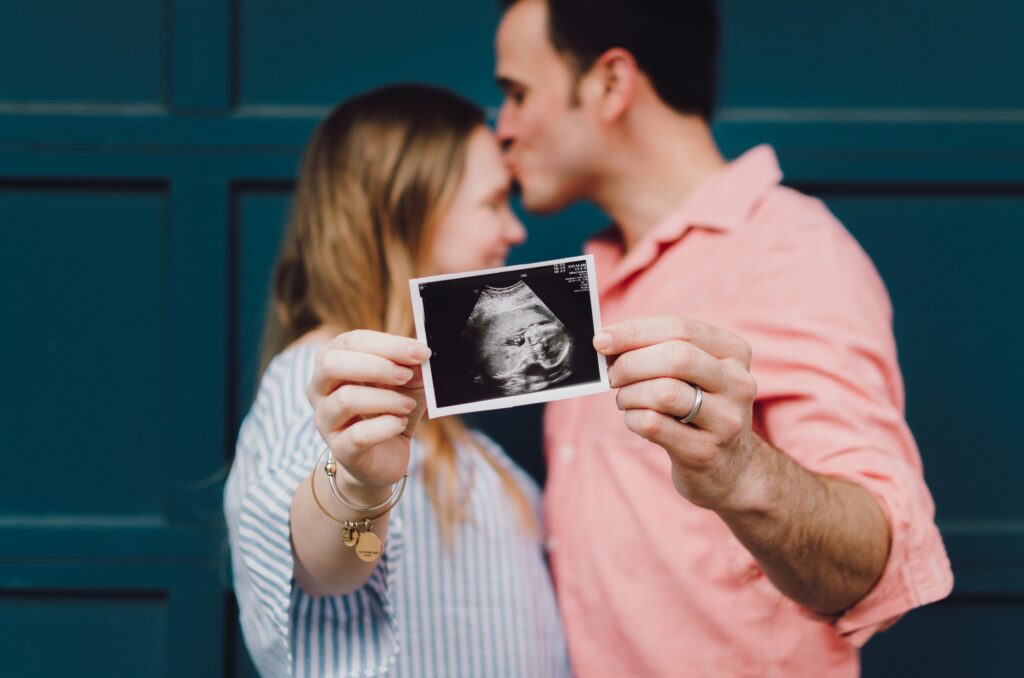In the appropriately titled article, “‘Ghosts’ in the Womb,” psychologist Rayna Markin discusses how pregnancies following loss(es) are often characterized by feelings of depression, anxiety, trauma-like symptoms, and potential difficulty with bonding to the baby while in utero due to fears of another pregnancy loss. This difficulty with bonding during pregnancy may lead to impaired mother-infant attachment relationships following birth.
Some studies suggest that babies born after a pregnancy loss are at the highest risk for insecure attachment with their mother. One such treatment intervention that has proven effective for increasing mother and child bonding during pregnancy is mentalization-based therapy.
The goal in mentalization therapy following a pregnancy loss is to allow the mother to mourn the loss of one baby while also attaching herself to another. Though it may seem counterintuitive, part of attaching yourself to your new baby is remembering the baby you lost.
Here is how remembering the baby you lost can help you, according to PALS (Pregnancy After Loss Support):
- Remembering your baby who died helps you to understand the trauma of losing a child. It also helps with how that loss is affecting you.
- Remembering the baby who died is a way of recognizing that these are two different babies you hold dear—the one you are carrying now, and the one you will never get to hold in your arms. They both live in your internal consciousness, if not in your external world.
- By both remembering and celebrating, you are realizing that you are capable of holding multiple, conflicting emotions in your mind. Yes, you can be both happy and sad at the same time. Yes, you can switch from one emotion to the other.
Here are 3 mentalization exercises to try:
- Imagine the two babies talking to each other. This will help create separate and distinct identities for them.
- Write a letter to each of your children and introduce them to each other. Talk about how they can support each other going forth in the world and how they will always be connected.
- Practice holding the emotion of happiness about the pregnancy in your body, and locate where you feel it (for example, your heart may feel like it’s bursting). At the same time, hold the emotion of sadness about the pregnancy loss, and locate where you are feeling it (for example, your stomach feels like it’s in knots). The more you can tolerate and practice holding conflicting emotions, the more you will make space for both, inside you.
This post was written by Dr. Huong Diep, with content excerpted from All the Love: Healing Your Heart and Finding Meaning After Pregnancy Loss.
Join the conversation on Twitter and Instagram.





